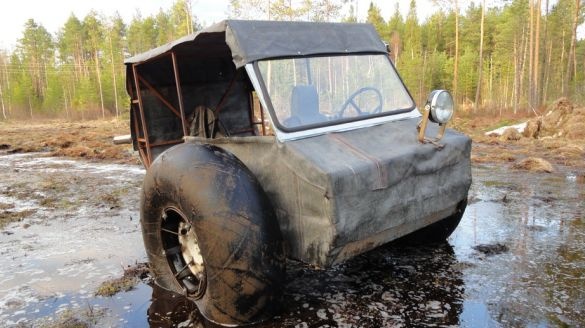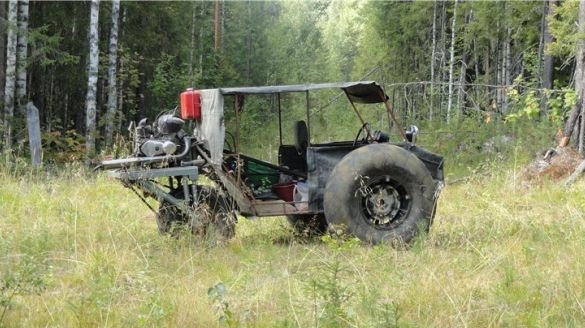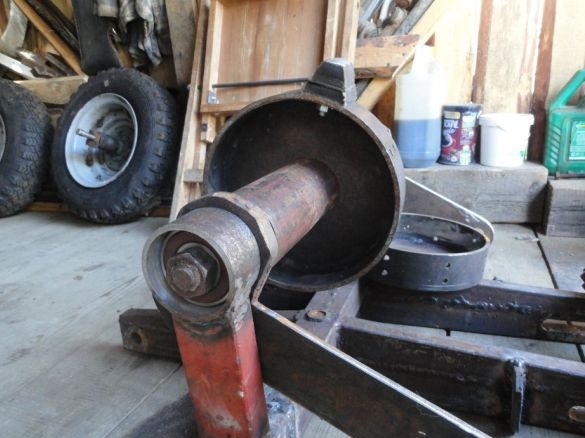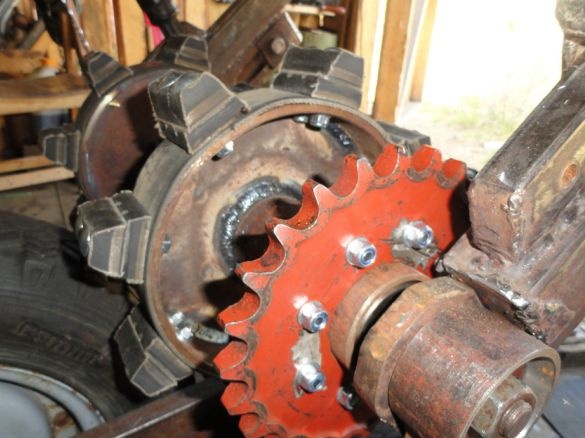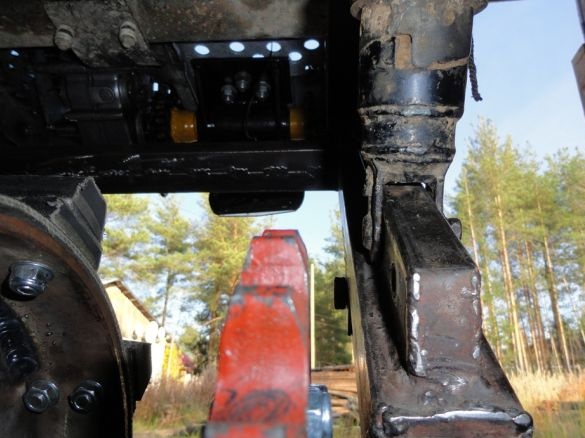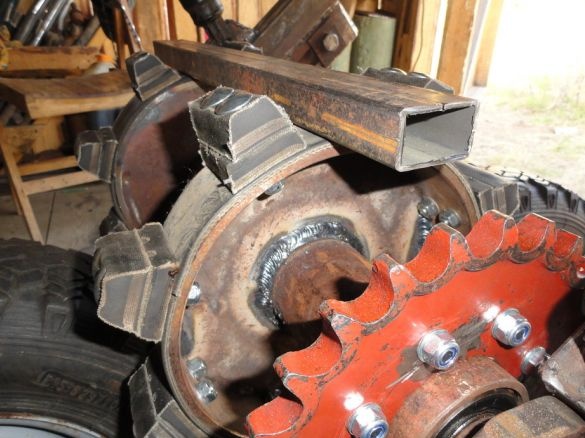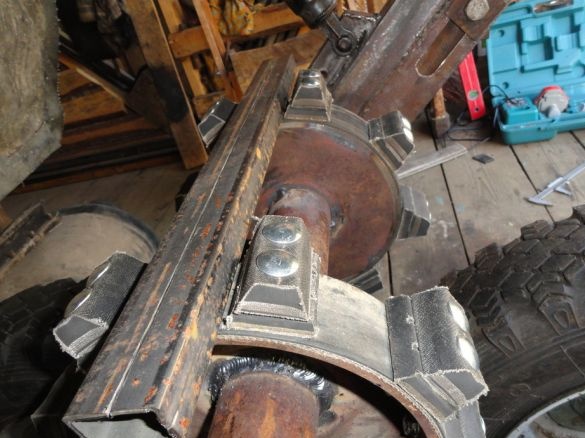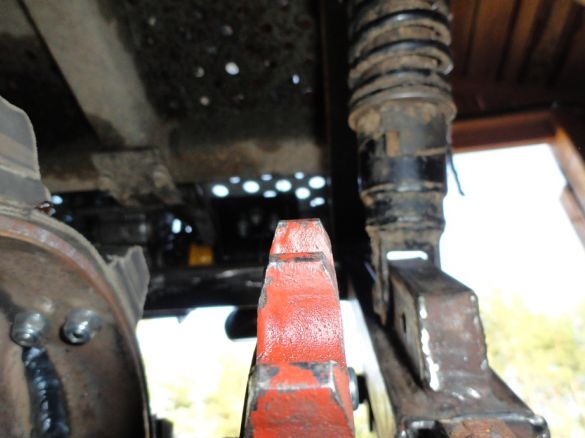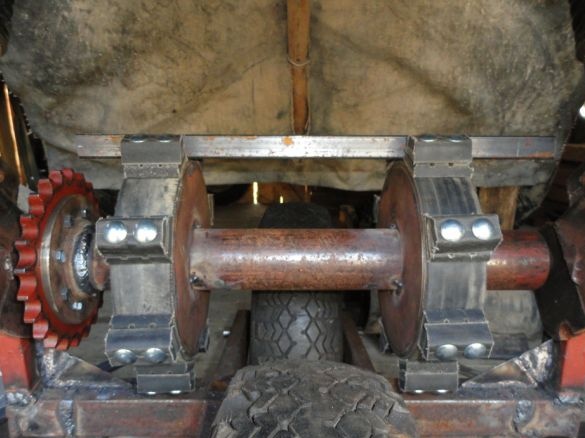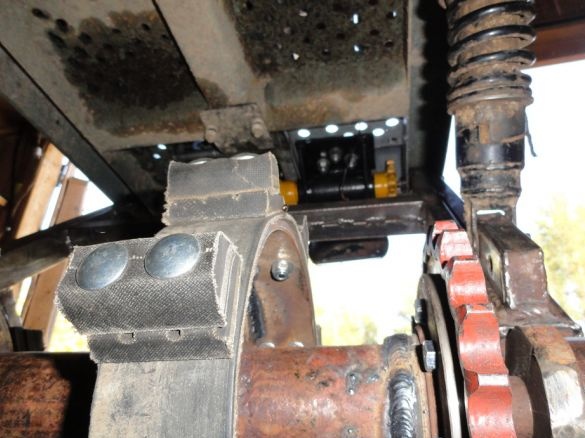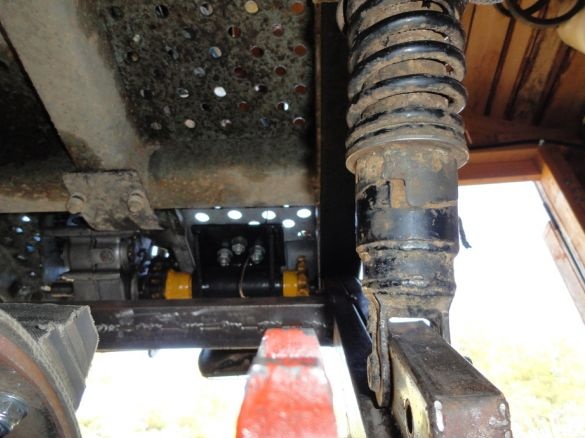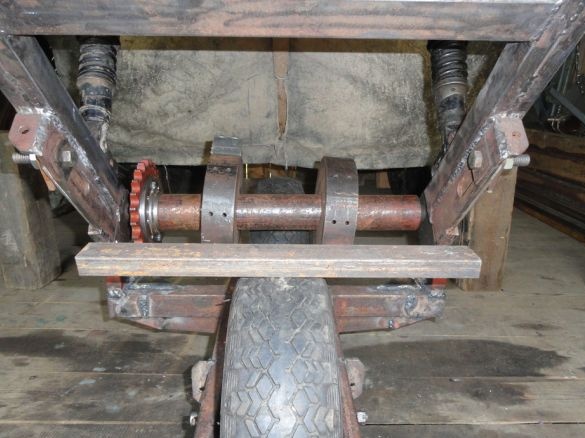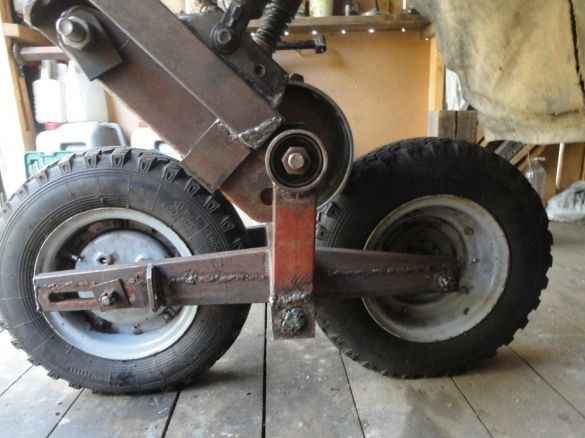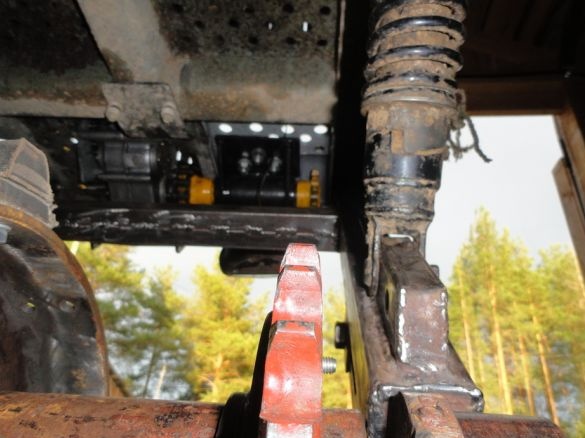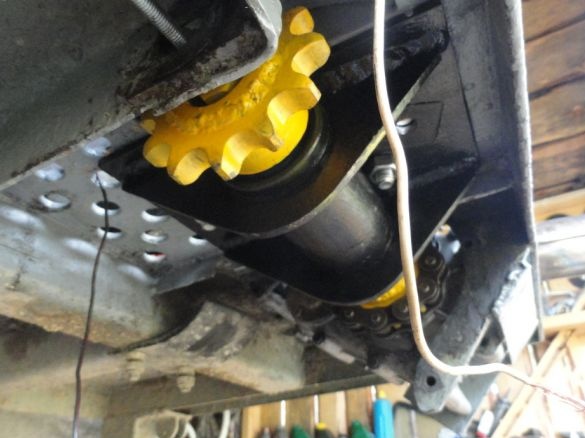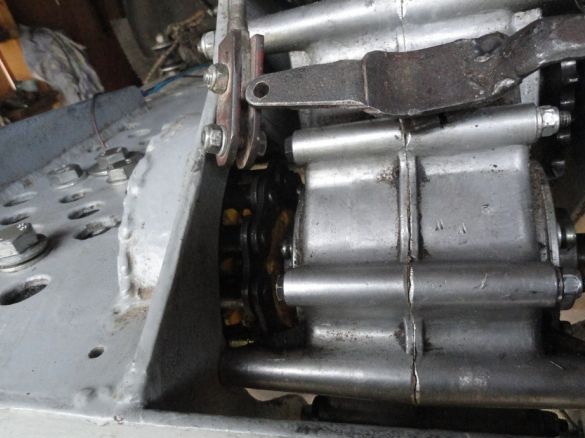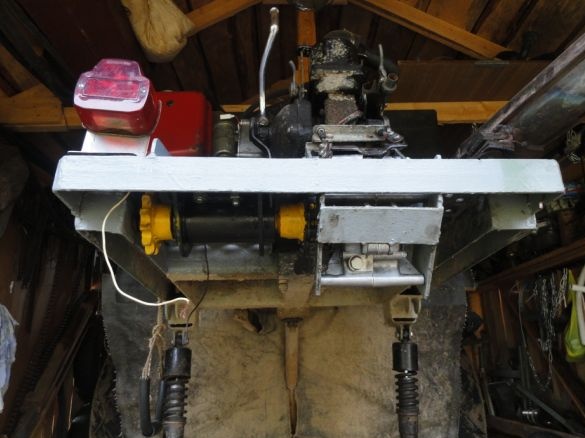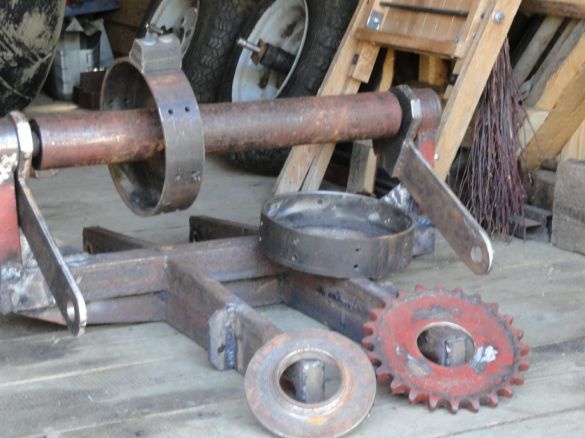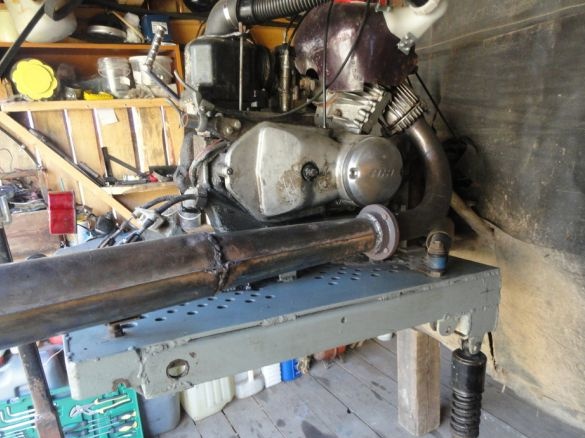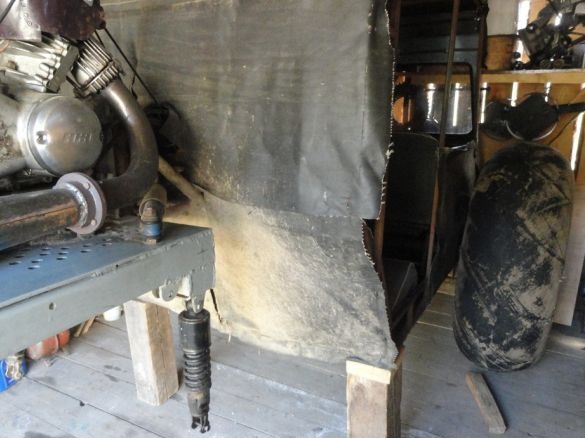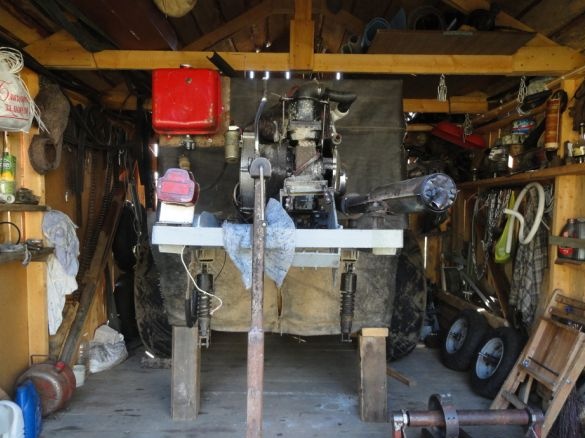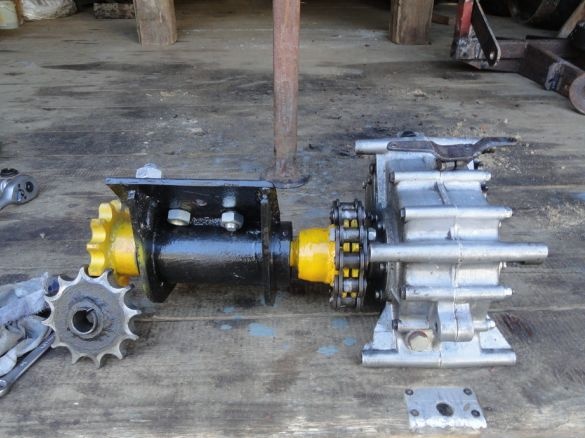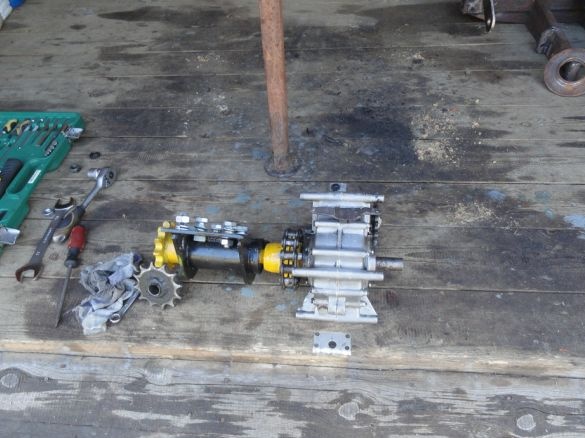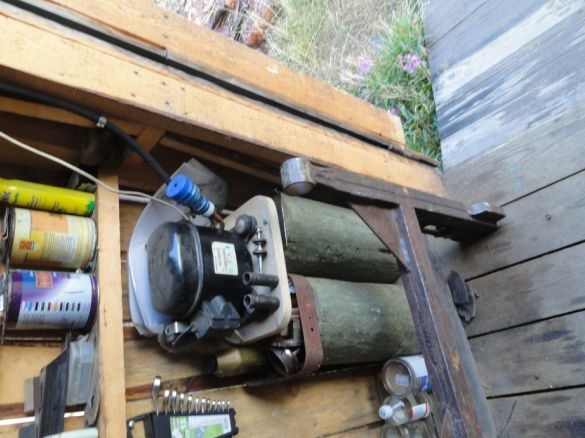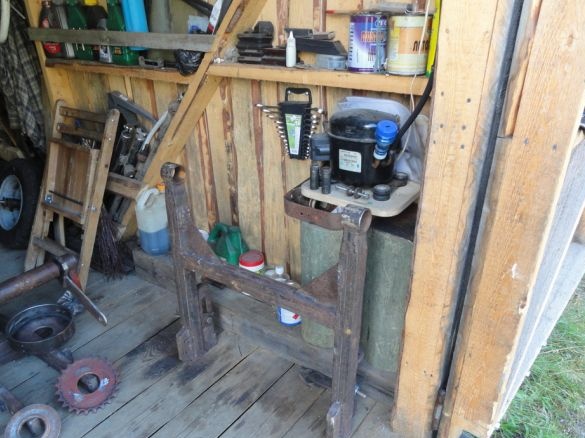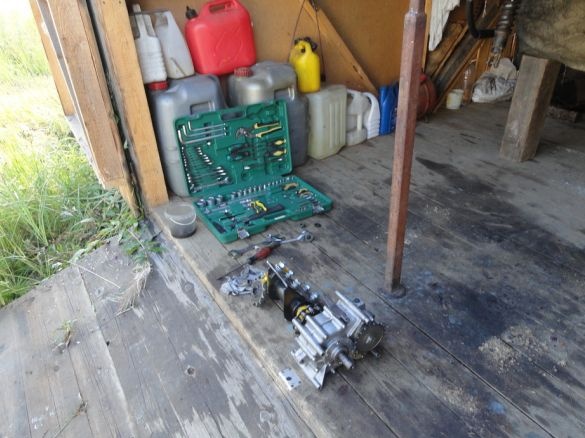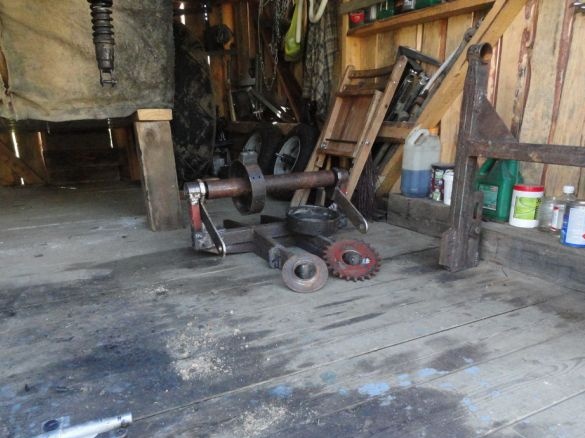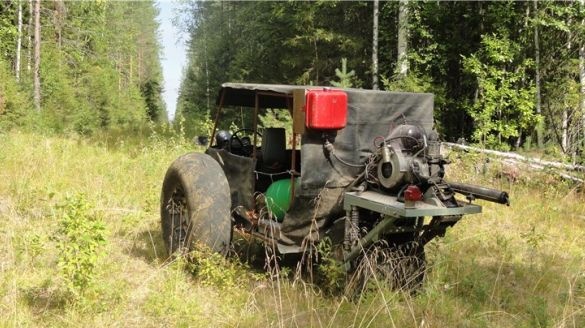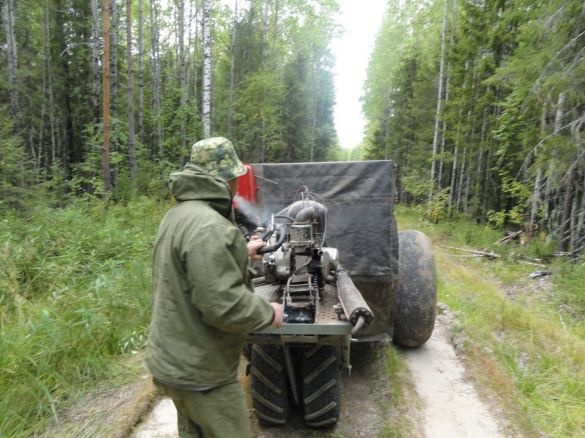A very unusual scheme for building an all-terrain vehicle was chosen by the author to create air passage Hodick. Approaching the construction of such an apparatus, the author made a start from the available materials, and also pursued the goal of maximum throughput and reliability of the machine.
Materials, parts and mechanisms used to build the all-terrain vehicle:
1) a two-stroke engine with one cylinder from IZH planet 5 with a capacity of 25 hp
2) gear from mot. Ant
3) profile pipe for frame design.
4) shock absorbers from izh
5) shock absorbers from the urals
6) shock absorbers from a classic vase
Consider in more detail the main characteristics and assembly details of the all-terrain vehicle.
All terrain vehicle Hodick has the following dimensions: the length of the all-terrain vehicle is three meters 30 centimeters, the width is about 176 centimeters, and the height is two meters 20 centimeters.
The all-terrain vehicle has a good ground clearance of 45 centimeters, which perfectly affects the passability of the car.
The weight of the all-terrain vehicle does not exceed 350 kilograms, it is also designed to carry a load of baggage and spare parts weighing up to 150 kilograms.
Despite the unusual compact design of the pneumatic passage, the all-terrain vehicle can fit up to four people including the driver.
For the engine, forced air cooling was made so that the motor does not overheat even under severe loads.
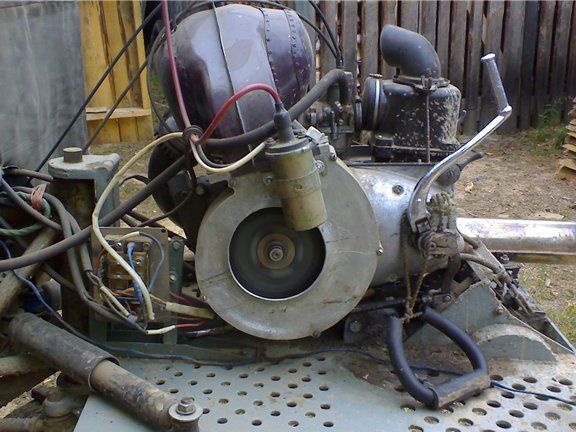
The transmission is made using a chain drive going through an intermediate gear from an Ant motorcycle.
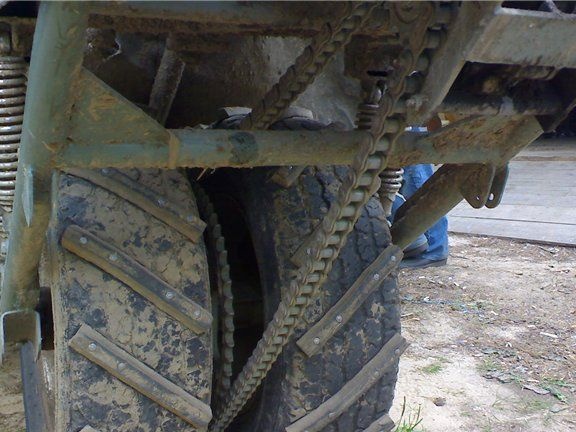
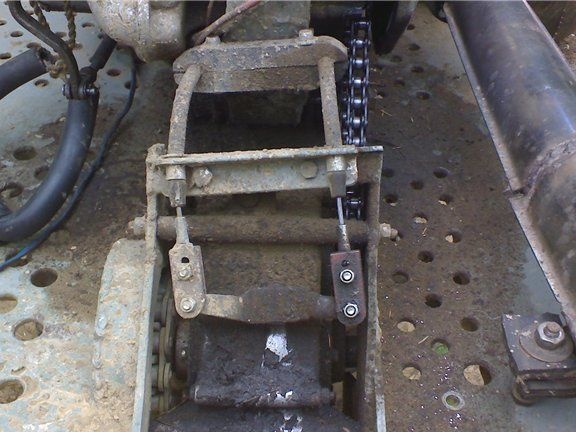
The Hodick airship is capable of speeds up to 25 kilometers per hour on a relatively flat road surface.
Of the design flaws, it is not possible to overcome serious water barriers, however, shallow fords up to a meter deep are quite passable for this type of machine.
The all-terrain vehicle has an unusually reliable design of both power units and transmission, due to which, despite the mileage of up to 300 kilometers each season, the all-terrain vehicle has a minimum of breakdowns, and has been used by the author for several years.
Steering and dashboard of an all-terrain vehicle:
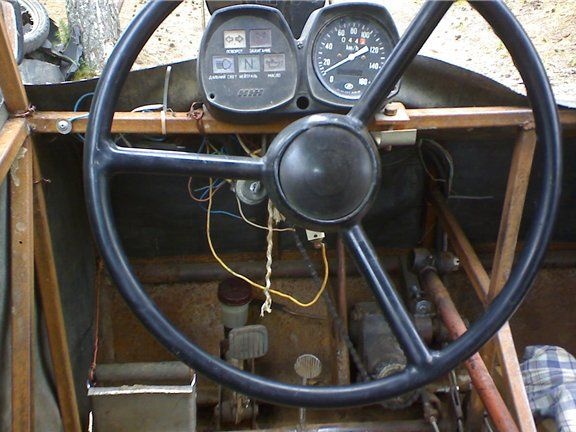
Construction rear-wheel drive with trolley:
In winter, the all-terrain vehicle also does not stand idle, but is used to clean the snow from the yard of the author’s house.
In addition, as can be seen from the photos, the all-terrain vehicle has a glazed cabin, which protects against wind in bad weather.
The all-terrain vehicle has good softness, due to the installed shock absorbers from the urals to the rear suspension of the all-terrain vehicle. The author notes that for some time the all-terrain vehicle was operated with four shock absorbers from IZh, but shock absorbers from the urals better cope with the roughness of the road.
In the front part there are two shock absorbers from the classic vase, which are dampers and dampen the blows. therefore it steers quite comfortably.
Works on articulation of the front and rear parts of the all-terrain vehicle:
Despite the fact that only two instead of four shock absorbers were installed from the Urals, the suspension did not sag and the damping efficiency improved. In the rut, the all-terrain vehicle feels great, since the main feature of this all-terrain vehicle is manifested here. Due to such an unusual transmission scheme, wheels with ND go along the track, and the rear wheels go on solid ground, and having good traction with a solid surface, the all-terrain vehicle has excellent cross-country characteristics.
Other assembly photos:
In the future, the author plans to replace the sparks with caterpillars of 450 to 1200 mm in size, so that the passable qualities of the car will grow even more. tracks for caterpillars will be made of profile pipes.
Photos of the finished machine:
The author of the all-terrain vehicle: Ruslan with the nickname "MaJIb4uK" from the village of Kortkeros.

